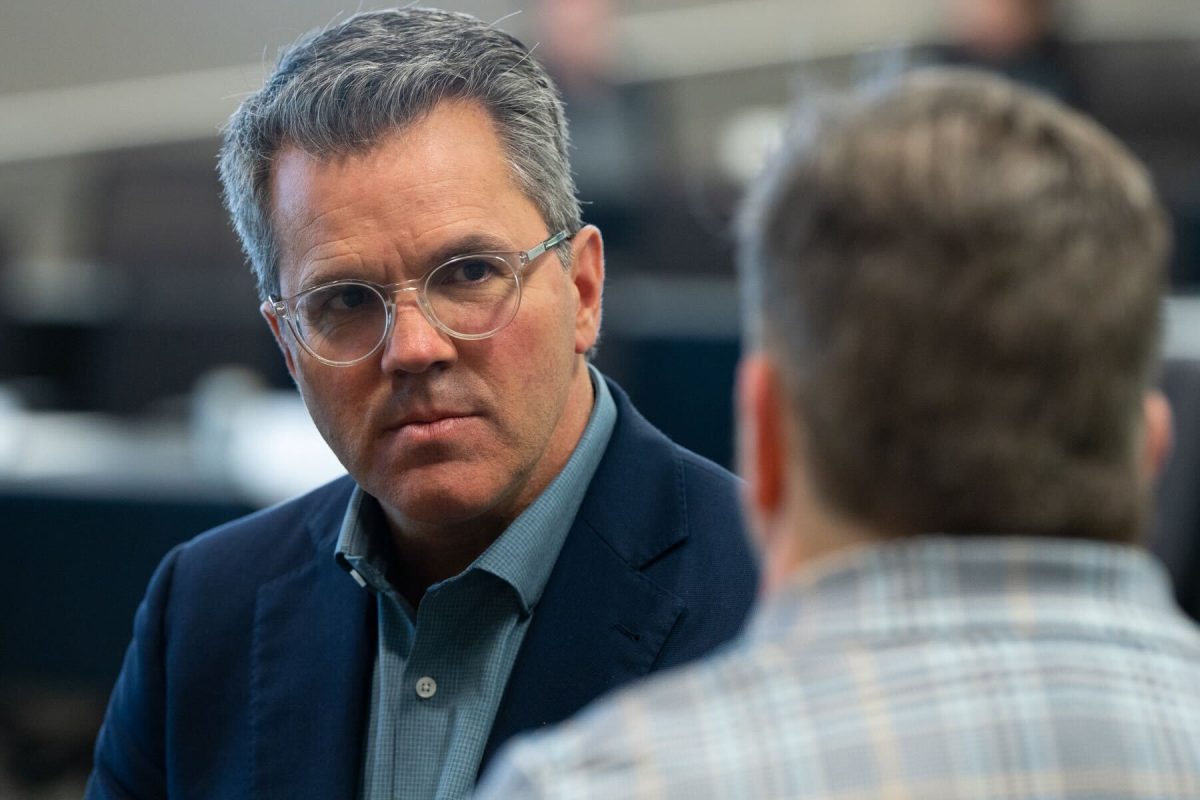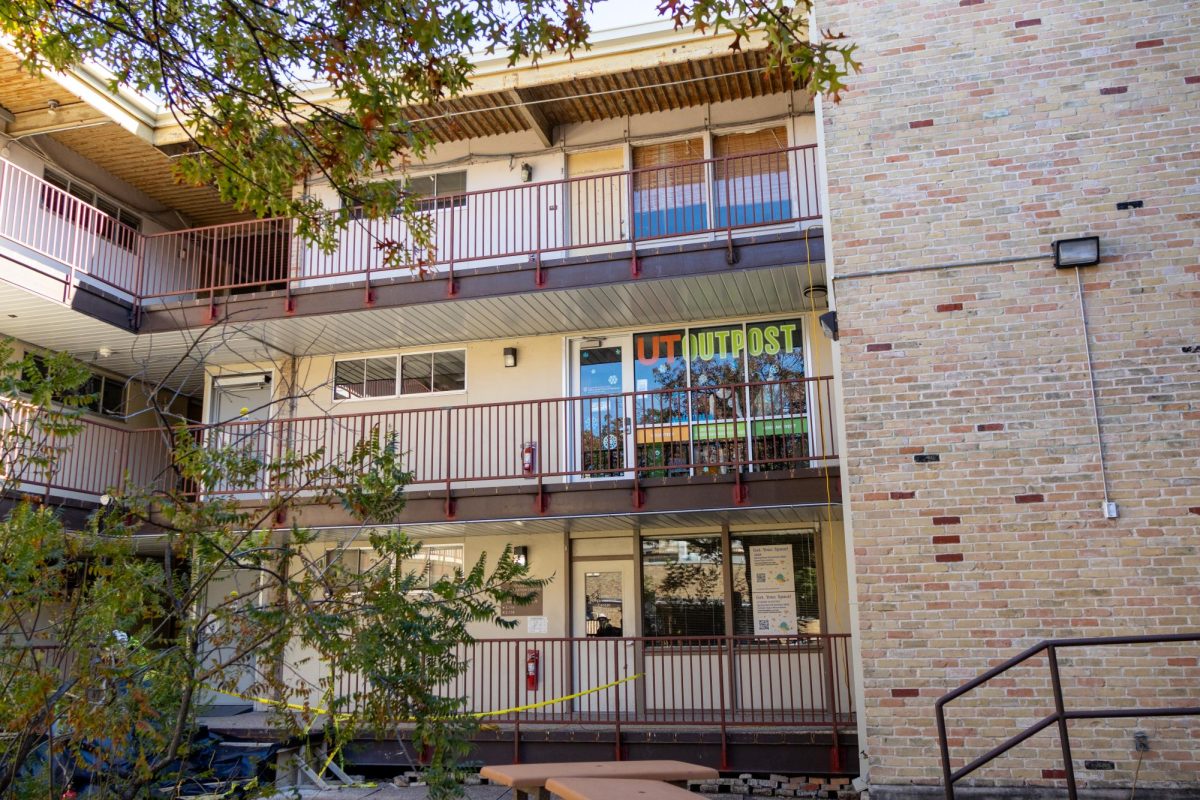Implementing sustainable features with the future of a company in mind is the best way to maximize their economic benefits, said Gregory P. Fuller, chief operating officer at real estate firm Granite Properties.
On Tuesday, six panelists and moderator R.G. “Jerry” Converse of law firm Fulbright & Jaworski L.L.P. discussed methods of increasing the economic benefits of sustainability features added to buildings.
Sustainable features that contribute to “green” construction, such as solar panels, provide future economic benefits such as reduced energy costs when implemented correctly, Fuller said.
“The longer you’re going to stay, the more you can utilize the sustainability aspect for financial benefits,” he said. “We’re doing it for the employee base, we’re doing it for potential business, and if you’re doing it for all the right reasons, you can maximize your return.”
To increase the economic benefits of sustainability, the actual structure of the building should be secondary to the organization that will purchase, lease or construct the building, said Betsy del Monte, director of sustainability at architecture firm The Beck Group.
“Sustainability probably wasn’t thought about when this school [UT] was built, but here we are and it’s still serving its function,” she said. “Any building that is going to be occupied and is going to get the benefits of not just the reduced operational costs, but also the increased performance, is going to get additional economic benefits.”
Adding sustainable features to a project at the last minute is the most expensive way to construct a building, del Monte said. Thinking ahead is the simplest way to reduce costs of adding sustainable structures to a building, she said.
“There’s an element of education that has to happen within our companies,” she said. “We work very hard to educate completely throughout our firms so that each of our employees understands a project so that when we put it into play, every team member knows where we’re headed.”
The panel emphasized the ways different industries look at the problem of sustainability, said architecture graduate student Vince Ho. While architecture has a stronger focus on innovation, architects often overlook the emphasis businesses place on profit, she said.
“You want to be able to implement sustainability in the world so you need to know how the other industry is thinking and operating,” she said. “Architecture doesn’t approach the problem with the same concentration on profit as business, but there’s a kind of freedom that comes with that. If you always just predict what is profitable, then you might not move on and do something more innovative.”




















